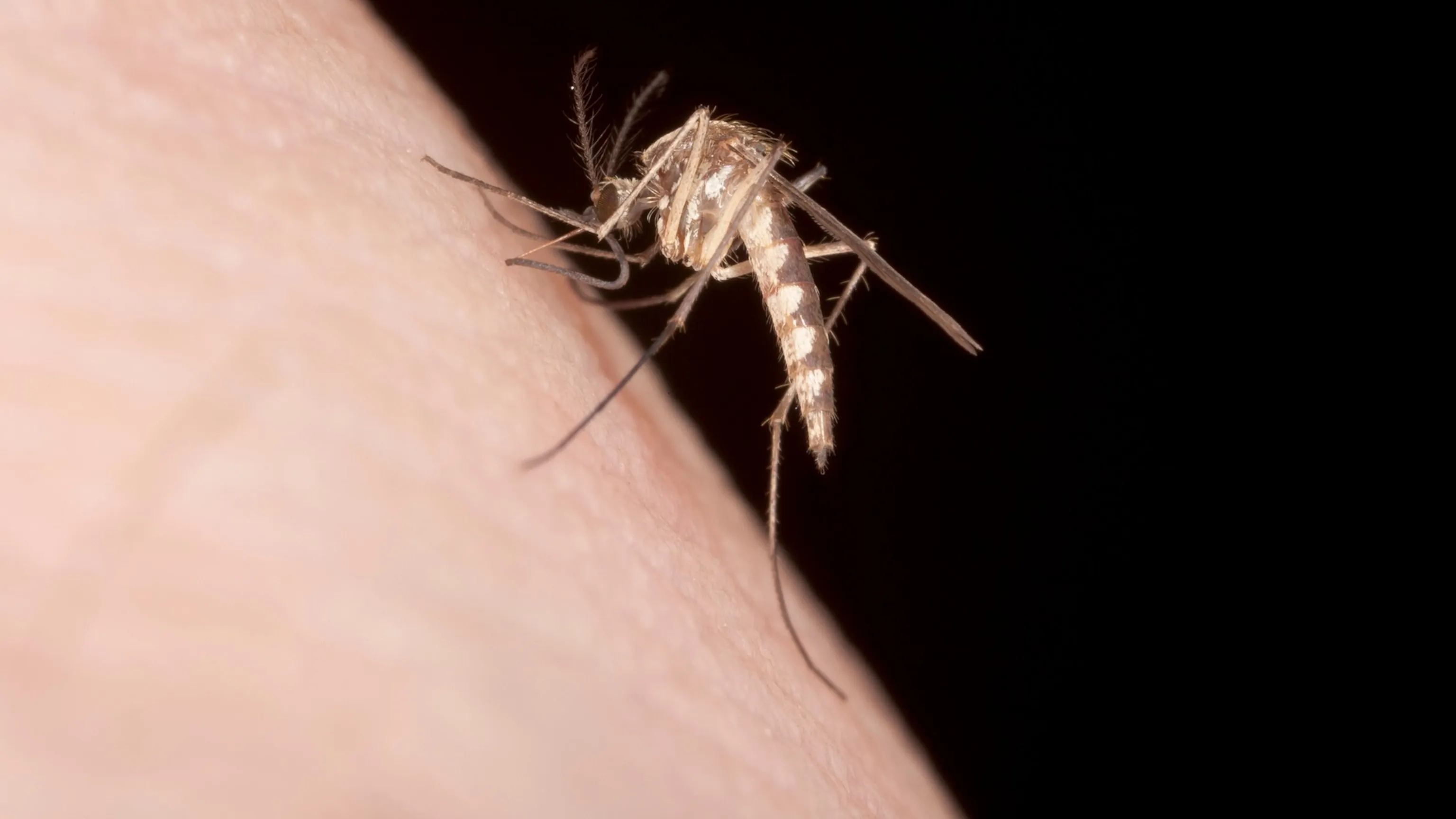Eastern Equine Encephalitis: A Recent Case in New York State

Understanding Eastern Equine Encephalitis
The recent diagnosis of Eastern equine encephalitis (EEE) in New York serves as a critical reminder of the dangers posed by mosquito-borne diseases. This illness can lead to severe neurological complications and even death, making it essential for residents to understand its impact and prevention strategies.
Key Facts About EEE
- EEE is one of the most severe mosquito-borne illnesses in the United States.
- Symptoms may include fever, chills, and neurological issues.
- Preventive measures include eliminating standing water and using insect repellent.
Public Health Response
Governor Kathy Hochul's announcement highlights the need for increased public awareness regarding EEE. Health officials are mobilizing efforts to address this public health threat through education and prevention campaigns. Citizens are encouraged to report signs of mosquito breeding grounds to help maintain community health.
Disclaimer: The information provided on this site is for informational purposes only and is not intended as medical advice. We are not responsible for any actions taken based on the content of this site. Always consult a qualified healthcare provider for medical advice, diagnosis, and treatment. We source our news from reputable sources and provide links to the original articles. We do not endorse or assume responsibility for the accuracy of the information contained in external sources.
This article was prepared using information from open sources in accordance with the principles of Ethical Policy. The editorial team is not responsible for absolute accuracy, as it relies on data from the sources referenced.